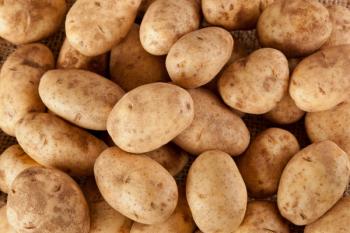
That Drink Will Go Right to Your Head
Using magnetic resonance spectroscopy, researchers at Heidelberg University Hospital (Heidelberg, Germany) determined that it takes just 6 minutes after consumption of two glasses of wine for changes to take place in the drinker's brain cells.
Using magnetic resonance spectroscopy, researchers at Heidelberg University Hospital (Heidelberg, Germany) determined that it takes just 6 minutes after consumption of an amount of alcohol equivalent to two glasses of wine or three glasses of beer for changes to take place in the drinker's brain cells.
In addition, the harmful effects of alcohol set in quickly. During the experiment, the researchers found that as the concentration of alcohol increases, substances that protect cells, such as choline and creatine, decrease.
The study was conducted with eight male and seven female participants, lying in an MRI scanner, who each drank a quantity of alcohol that caused their blood alcohol level to be 0.05 to 0.06%. In the MRI scanner, the nuclei of atoms in brain tissue were stimulated by a high-frequency impulse, and the signal transmitted during the return to the initial condition was received. The spectral properties of this signal allowed the researchers to determine the contents of the products of metabolism in the tissue examined.
Follow-up studies the next day showed that the shifts in brain metabolites that were seen after moderate consumption of alcohol by healthy participants were completely reversible. Interestingly, the brains of the female and the male subjects reacted to alcohol consumption in the same way.
Newsletter
Get essential updates on the latest spectroscopy technologies, regulatory standards, and best practices—subscribe today to Spectroscopy.



